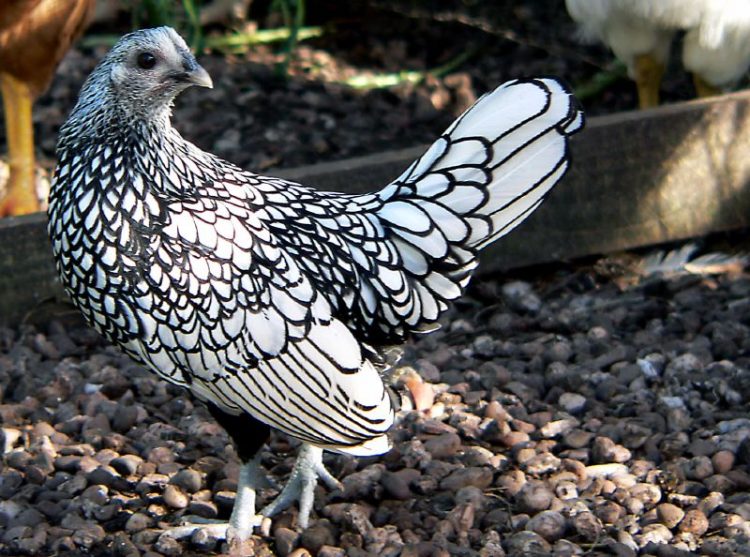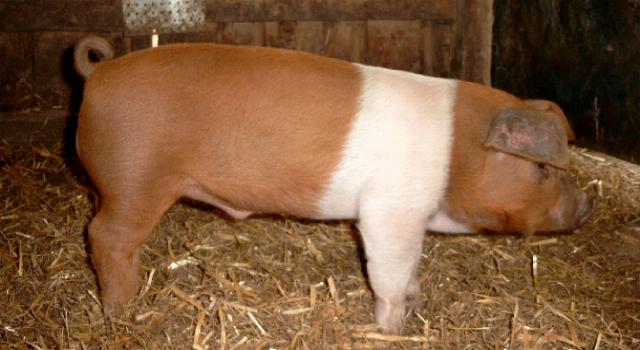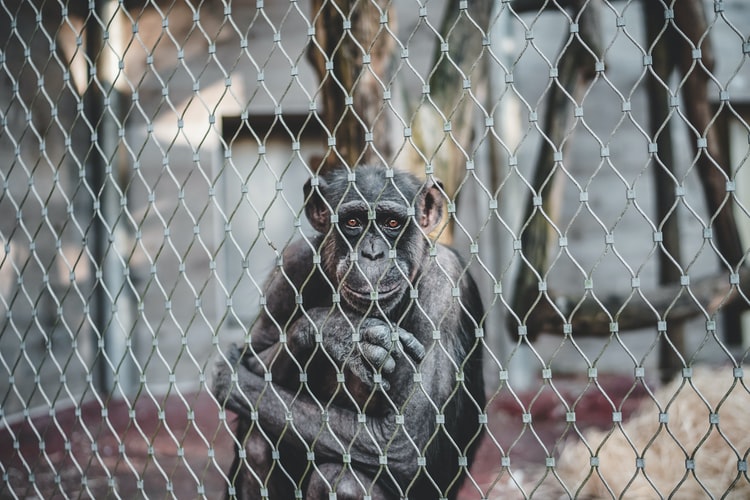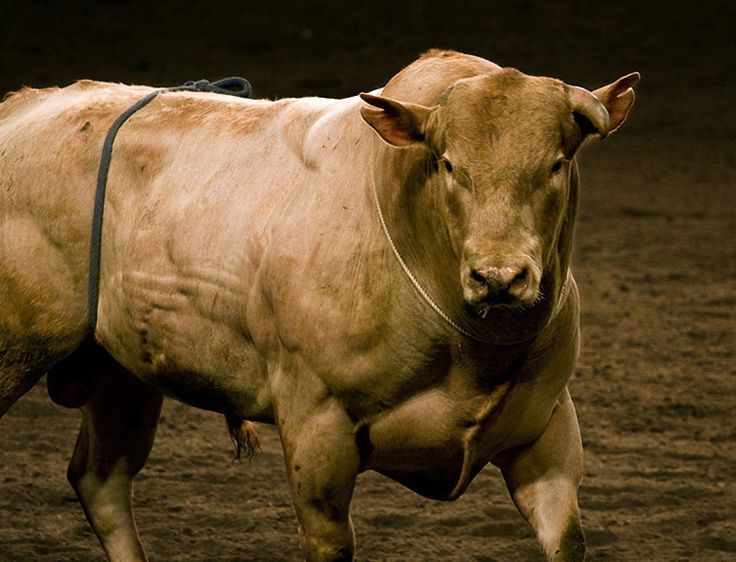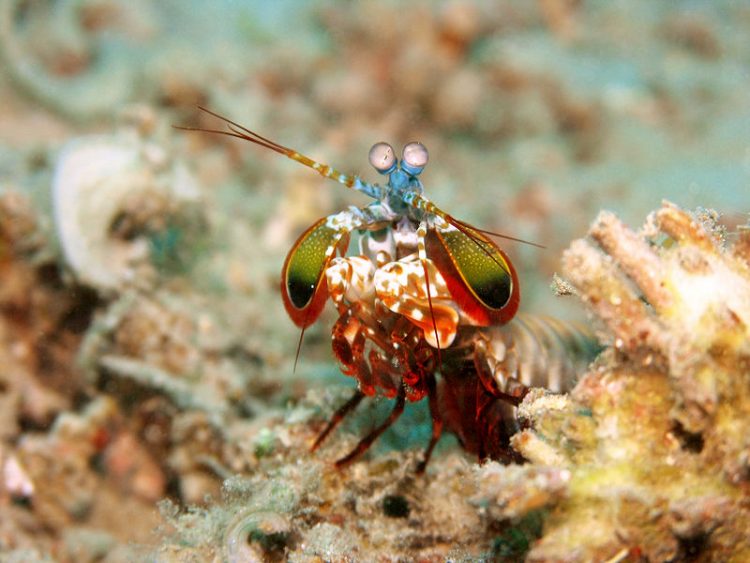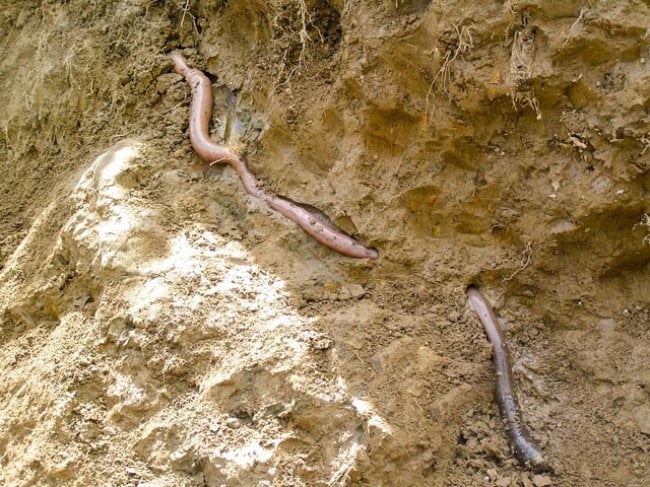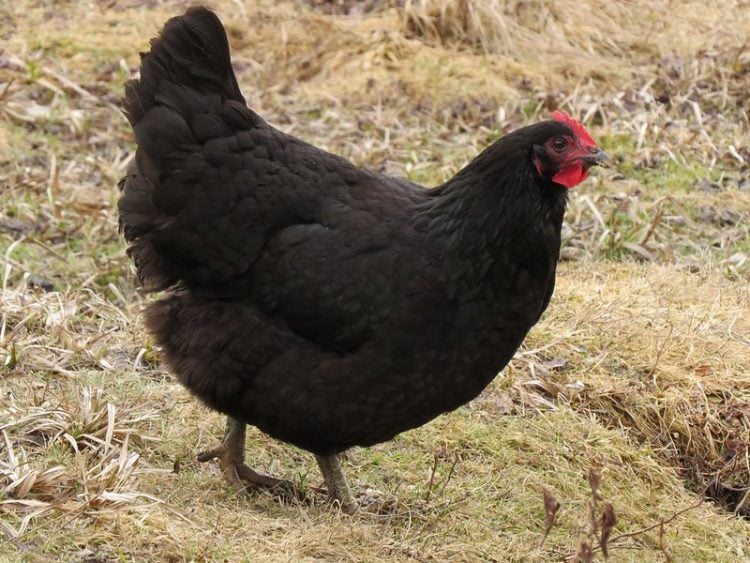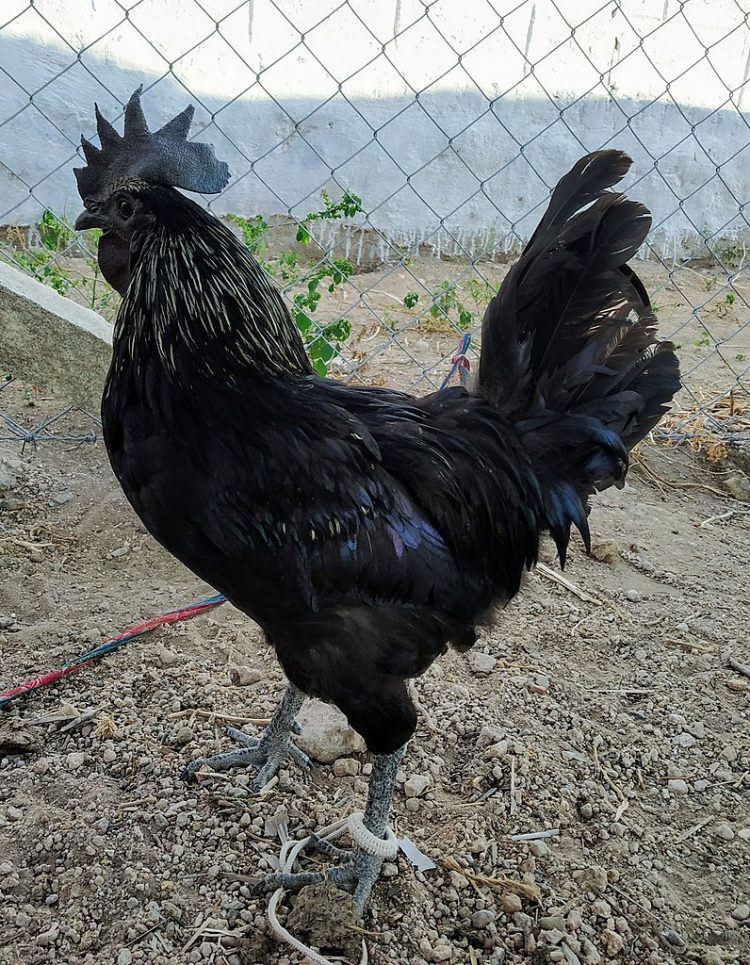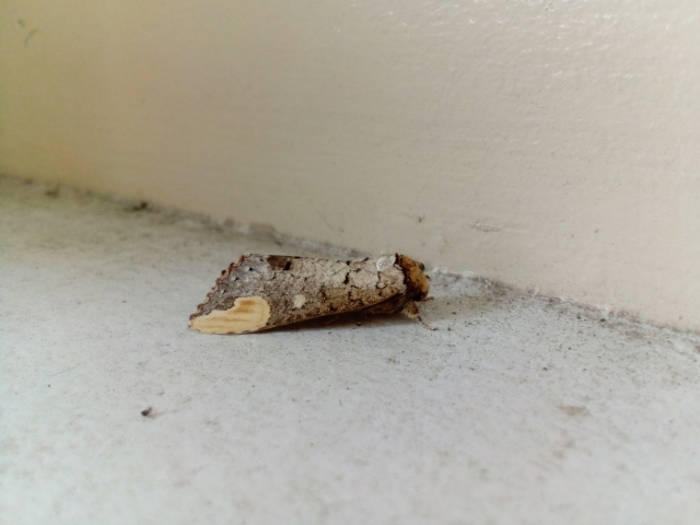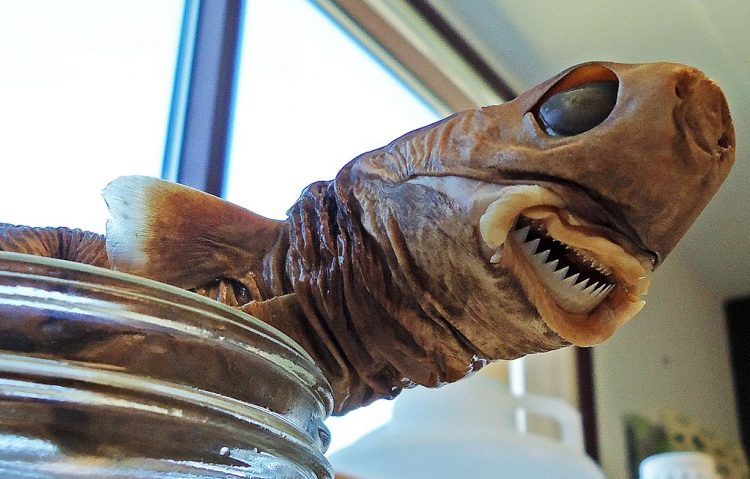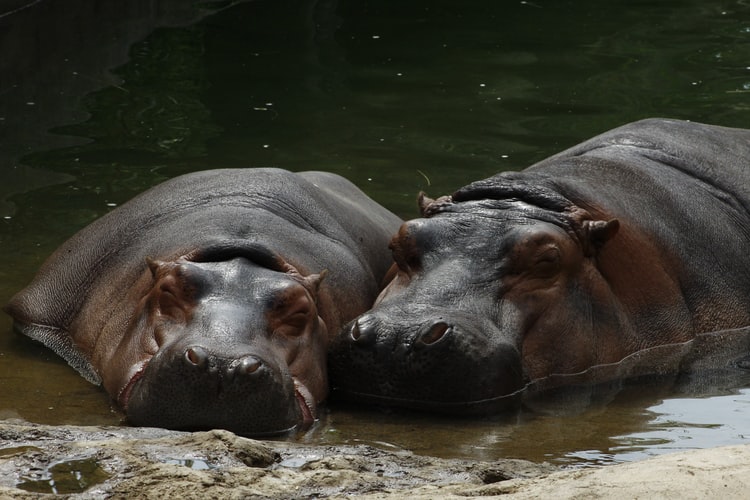The Sebright is a popular breed of ornamental chickens whose laced plumage makes white specimens look like living, breathing color-by-number drawings.
Named after its creator, Sir John Saunders Sebright, this popular chicken breed is a true bantam – a miniature bird with no corresponding large version – as well as one of the oldest British bantams and the first poultry to have its own dedicated fan club. Their small size means they are not kept for meat production like most other chicken breeds, and they also lay tiny white eggs. This is a purely decorative breed whose laced plumage makes it stand out to enthusiasts.

